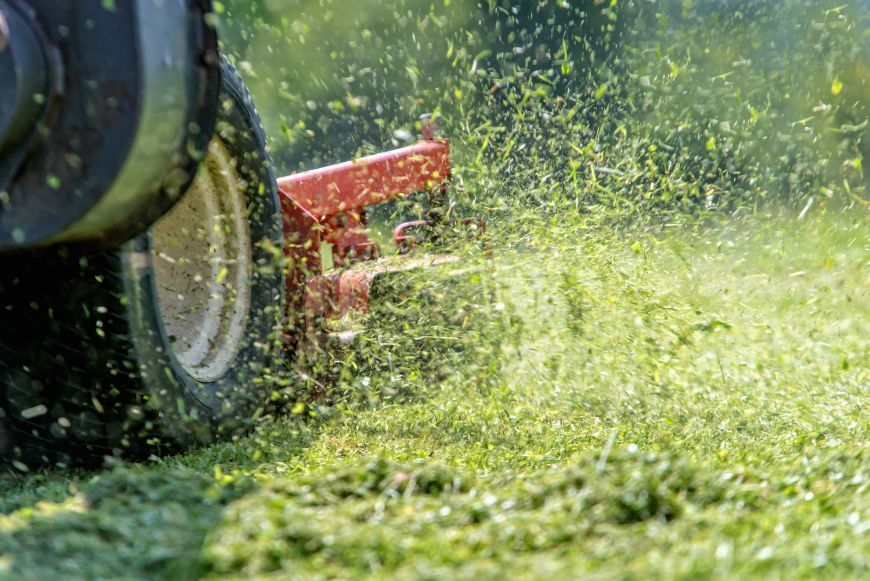Dealing with grass clippings – to mulch, catch or let them lie

When choosing a new mower, how you want it to deal with grass clippings is one of the first major choices to make. The things you’ll need to consider include the size of your lawn, grass type, geographic location, how much time you’re willing to commit to mowing and how often, and the big question – how tidy a lawn do you want? So, with that in mind, let’s run through the benefits each offers, and what option is best for which circumstances.
Which mower is right for your property? Find out everything you need to know before you start. Get your free guide now.
One thing that can catch first time buyers out is that not all mowers are designed to work in New Zealand. Given that most mowers are designed and manufactured in the USA, where grass cut height is substantially higher and conditions typically much drier, in New Zealand we face a whole different set of challenges. We cut much lower than the rest of the world, and our grass is almost always damp or even wet given our oceanic climate.
Catching
Catching gives the most pristine finish because it doesn’t leave any clippings on the lawn. It’s healthy for your lawn and gives the nicest, tidiest result. But, catching wet grass can be challenging if you don’t get the right mower – you’ll have to take it a lot slower and be prepared for the possibility that it could block easily.
Catching is right for you if:
- You really want a clean, tidy lawn
- You have lots of time to dedicate to mowing, and often
- You don’t mind the extra effort of having to empty the catcher
- You can afford a catching mower that actually works in New Zealand conditions
- You live in a reasonably dry area
Mulching
When done in the right conditions, mulching gives a reasonably tidy finish. It works with a combination of blades and a mulching plug working together to spin the clippings around the inside of the deck several times, chopping them up into very fine pieces before spitting them out the bottom. The small clippings fall down between the blades of grass and biodegrade, returning nutrients to the soil.
The “right conditions”, in a nutshell, is summer when the grass is drier and shorter and you mow more often. In summer, mulching can be good in dry areas to retain moisture in the lawn. However, the rest of the year, thick, long and lush grass can clump and become trapped under the deck. Mulching takes less time than catching but is still a bit slower than side discharge.
When mulching, the ‘Mulching Rule of Thirds’ applies – do not attempt to cut off more than the top 1/3 of the grass, as this will be much harder on the mower and leave an unsightly mess. Cutting the top 1/3 only, allows the clippings to disperse better back into the lawn.
Mulching is right for you if:
- You mow regularly (at least once a week)
- You don’t live in an excessively damp, often wet climate
- You want your lawn to look good but you’re not fussed about it being absolutely perfect
- You have a mower that can mulch properly in New Zealand.
Side discharge
This is the fastest option because all you do is mow the grass and leave the clippings where they lie. It does can leave a messier finish than the other options the longer you leave it, with rows/piles of cut grass left on the lawn. But, if you mow often enough, and with the right mower, you can avoid this and still get a reasonable cut quality too. With side discharge method, shooting the clippings out straight away means the deck is clean and clear; the spinning blades create greater suction to pull the grass up nice and straight for a clean, even cut. In short, side discharge is the mowing type that allows you to cut the tallest and possibly dampest grass.
Side discharge is right for you if:
- Are not bothered by grass clippings left on the lawn
- Have a very large space to mow
- Don’t want to spend too much time mowing
- Don’t want to be locked into a regular mowing schedule
- Live in a damp climate where the grass is often wet
For a more in depth run down of the pros and cons of these grass collection options we go into more detail in guide on how to choose the right mower.